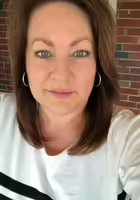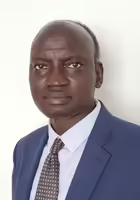Empowering Better Communities
Find the keys to building healthy, prosperous communities.
Community and Economic Development programming helps community leaders, residents, and businesses build capacity for renewal and growth. The challenges facing communities are many. Illinois Extension works with you as you build effective teams to face the challenges and work more effectively and efficiently for your community.
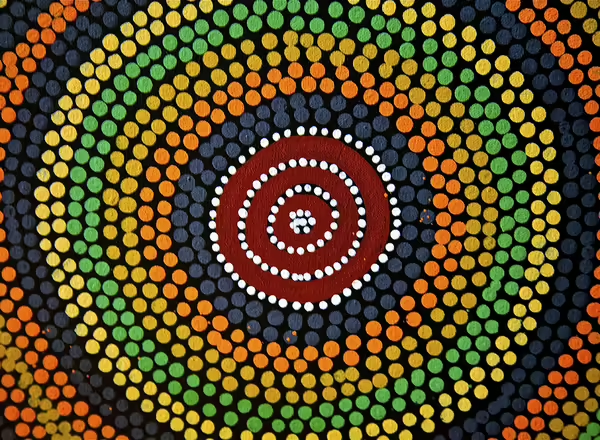
Developing a Creative Economy is a planning process for entrepreneurs, community leaders and economic development professionals, and anyone interested in tapping into the creative talent in their communities to build viable businesses by developing a culture that appreciates and supports the creative sector. Creative entrepreneurs include artists, designers, musicians, boutique retailers, specialty food producers and others. The program offers ways to start up and fund those enterprises. Examples include microbreweries, pop-up retail shops, co-businesses, art cooperatives, outdoor markets, music festivals and internet cafes. All these enterprises can be the ‘third spaces’ that young adults find attractive.
Greenville, like many rural communities in Illinois, was following a traditional economic development strategy focused on attracting businesses into Greenville and its industrial park. After working through the planning process, Greenville expanded its vision to include support of a culture of art and creativity, with a mission to: Develop and support the arts and creativity in Greenville, to expand tourism; enhance entrepreneurial development; create economic prosperity and improve the quality of life for its residents.
To follow the plan, arts are included in all community events, pop-up shops and vendor booths are at festivals and events, artists are networking through social media, and a tourism director was hired.
Greenville has accomplished this.

With funding from an Extension Collaboration Grant, the Central Illinois' Cultural Assets: Mapping Resources, People and Meaning to Boost Community and Economic Vitality project was conducted in Peoria to foster reflection and connection across the city’s cultural ecosystem to identify strengths and opportunities, serve as a model for other communities, and to provide cartographic products based on the research of the community's cultural assets: geospatial maps, videos, and reports.
The project was designed to be inclusive, both in process and perspective. In addition to geospatial mapping, the mapping process used video-based, iterative interviews to capture individuals’ reflections to curate a holistic vision around strengths and opportunities in Peoria’s cultural ecosystem. The interview methodology focused on engaging underrepresented stakeholders, and on using an iterative process of listening, capturing community thoughts, sharing those thoughts through video, and listening to responses via individual conversations, focus groups and reflection. The project encompassed non-profit, for-profit, third-sector, and other activity; a broad array of artistic and cultural forms, and ways to engage with them; an array of artists and culture-bearers; and the variety of values and meaning that people ascribe to arts and culture.
The project has contributed significantly to Peoria and Illinois by fostering reflection and connections across the area's cultural ecosystem to identify strengths and opportunities, providing community research-based cultural asset mapping products that can inform local and regional community and sustainability planning, and serving as a pilot project to inform and model how cultural asset mapping can be applied in communities across Illinois.
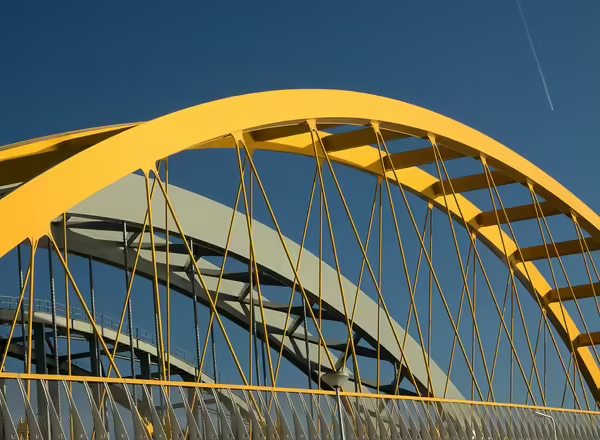
The CREATE BRIDGES project is a partnership of the Southern Rural Development Center, Oklahoma State University Extension, University of Arkansas Division of Agriculture Cooperative Extension, and the University of Kentucky’s Community and Economic Development Initiative of Kentucky (CEDIK), with funding from Walmart. New Mexico State Cooperative Extension and North Carolina State Extension joined University of Illinois Extension for Phase II of the pilot program. Illinois Extension received funding to help rural communities build capacity for strengthening the retail, accommodations, tourism and entertainment sectors, which provide jobs and business opportunities that frequently boost rural economies.
Counties participating include Alexander, Johnson, Massac, Pulaski and Union, which are known for their scenic beauty, outdoor recreation, historic sites, state parks, orchards, wineries, restaurants and unique lodging facilities amidst the backdrop of Shawnee Forest Country – the 289,000-acre Shawnee National Forest. The Illinois project team guided the rural, economically distressed region through a comprehensive assessment process that included an inventory of retail and hospitality sector businesses, a series of community forum events, and a business retention and expansion (BRE) program outlined to gather input on the needs of retail and hospitality sector businesses. In the final phase, the region is implementing strategies to strengthen the sectors based on the data collected. As a result of the knowledge gained during the pilot projects in the six states, the CREATE BRIDGES National Team is in the process of finalizing the new curriculum so it can be shared with Extension colleagues across the US.

University of Illinois Extension, with the Illinois Office of Broadband, University of Illinois System, and Illinois Innovation Network, held public listening sessions to gather information about broadband needs across the state. In each of ten regions, one session included residents, local organizations, and nonprofits, and another session included local government leaders and staff. The state assembled local needs into a state plan and proposal for federal funding which with a focus on middle mile and last mile infrastructure, as well as unserved and underserved areas. Illinois Extension collaborated on planning, hosted the events, and connected with local broadband networks.

Illinois Extension’s Community and Economic Development Team led projects that help communities design and implement environmentally sustainable and just strategies. To achieve clean water and energy goals, communities and regions must include diverse views, and consider the equity of impacts and solutions. CED partnered with the North Central Regional Water Network to host the Climate Intersections conference, which focused on climate justice. The team also facilitated the Green Infrastructure Community of Practice, focusing on climate adaptation and equity, and led the creation of a biodiversity plan to connect the University of Illinois to the community to maximize ecosystem services.
Community and Economic Development Team

Mark White
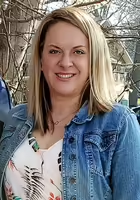
Valerie Belusko
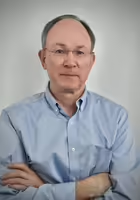
Michael Delany

Dustin Fritsche
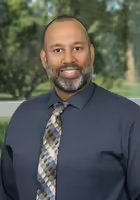
Zachary Kennedy
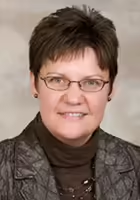
Tiffany Macke
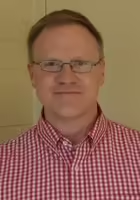
Russell Medley
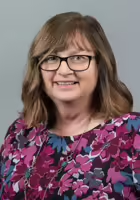
Susan Odum

Nancy Ouedraogo
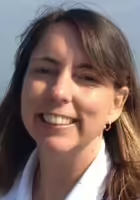
Laura Payne
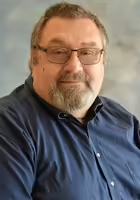
Richard Proffer
